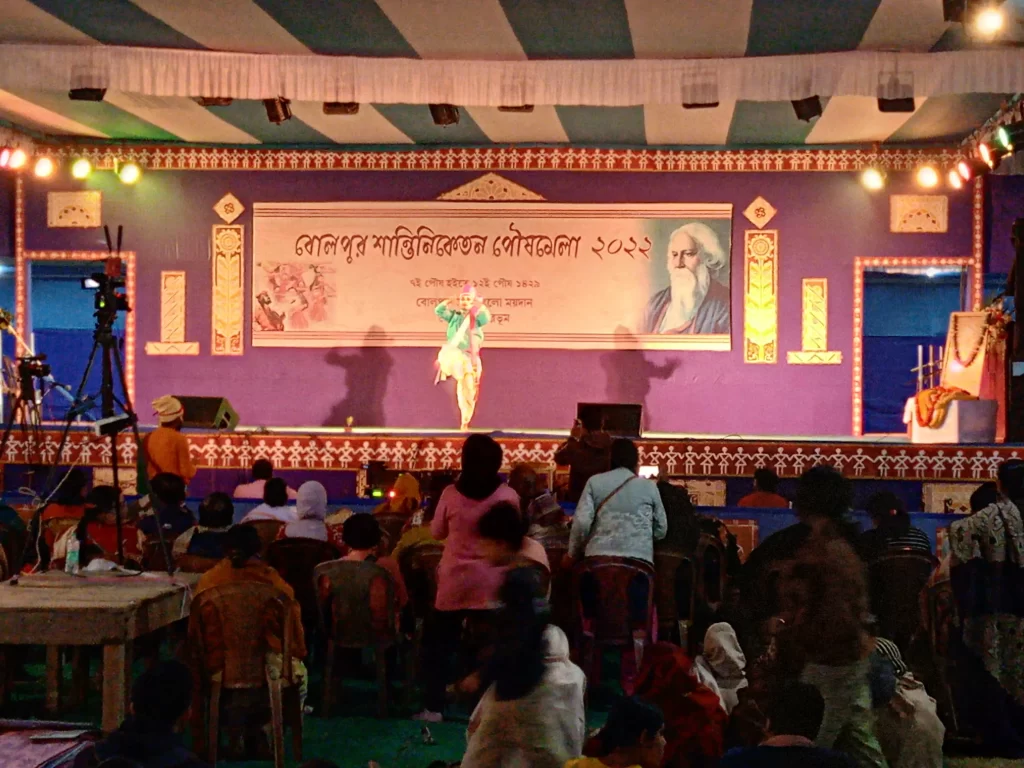PLACE OF TRANQUILITY AND PEACE
Santiniketan
Santiniketan was a sapling that grew into the widely branching tree that was Visva-Bharati. Today, Santiniketan and Visva-Bharati exemplify the continuation of Tagore’s works, both as a living educational and cultural centre.
ExploreRabindranath Tagore
Rabindranath Tagore’s educational model has a unique sensitivity and aptness for education within multi-racial, multi-lingual and multi-cultural situations, amidst conditions of acknowledged economic discrepancy and political imbalance.
ExploreLatest Articles
Visva-Bharati University
Visva-Bharati represents India where she has her wealth of mind which is for all. Visva-Bharati acknowledges India’s obligation to offer to others the hospitality of her best culture and India’s right to accept from others their best.
– Rabindranath Tagore

The Tourist Spot
Rabindranath Tagore first visited Shantiniketan in 1873, when he was 12 years old. In 1888, Debendranath dedicated the entire property to the establishment of a Brahmavidyalaya through a trust deed. In 1901, Rabindranath started a Brahmacharya ashrama, which came to be known as Patha Bhavana from 1925. In 1913, Rabindranath Tagore won the Nobel Prize in Literature. It was a new feather in the cap of the Tagore family, which was the leading family contributing to the enrichment of life and society in Bengal in many fields of activity over a long period of time. Founded in 1921 by Rabindranath Tagore, Visva-Bharati was declared a Central University and an Institute of National Importance in 1951.

